Pulsar Heavy-Lift SSTO
“Mmmmmm yes. Skylon.”
-Drood Droodman, Director of DSC
Specifications:
Crew: 0 (Autonomous Orbital Vehicle)
Length: 50.8m
Wingspan: 18.5m
Height: 10.1m
Wing Area: 154.6m^2
Wing Loading: 448-2108kg/m^2
Dry Mass: 69.3t
Wet Mass: 291t
Fuel Capacity: Kerolox: 183t / Jet Fuel: 17t + 19.2t
Payload to LDO: 30t
Cargo Bay Dimensions: 8m x 4.25m Cylindrical
Maximum Atmospheric Speed: Mach 3.4
Maximum Atmospheric Range: 3000km
Total dV: Jet Engines: 2.26km/s + 2.18km/s / Chemical Rockets: 3.75km/s
Isp: Jet Engines: 5440s Regular, 3,336s Afterburning / Chemical Rockets: 241s-336s
TWR: Jet Engines: 0.51-0.59 / Chemical Rockets: 0.55-1.72
Takeoff Velocity: 180 m/s
Takeoff Roll Length: 3.1km
Landing Velocity: 120 m/s
Landing Roll Length: 1.8km
Features:
Flaps
Drogue Parachute
Solar Panels
Drop Tanks
STOL Boosters
Petal Airbrakes
Landing Gear Lights
The Pulsar SSTO is a Horizontal Take Off And Landing, Heavy Lift SSTO, designed to transport heavy payloads to orbit at a fraction of the cost of conventional rocket systems.
Developed by Deaction Dengines De’Limited, the platform offers cheap, fast and efficient deployment of a range of payloads to LDO, such as; Space Station Parts, Interplanetary Sattellites, Constellation Sattelite Swarms, Fuel Tankers, Reentry Vehicles With Payload [REDACTED], and more!
“Stop emailing us about using this platform as a space bomber, for F#CK SAKES!”
-Dalan Dond, CEO of Deaction Dengines De’Limited
Another huge advantage of the platform is its ease of use. While the surplus of dV lends itself well to many ascent profiles, here is the one recommended by the manufacturer:
“To takeoff, either get to around 40 m/s on the runway with afterburners on, and engage the STOL boosters, or roll down the entirety of the runway, and enable flaps fully at the end to takeoff.
Coast at around 5 degrees pitch after takeoff with afterburners on, do any large inclination adjustments for the final orbit at this stage.
Start to climb at around mach 1-1.4, at 10–25 degrees.
Level out around 10-15km
Gather speed again up until mach 2-2.5, at this point your drop tanks should be empty, detach them when they are empty.
After gathering enough speed, pitch up to around 10-30 degrees, engage rocket engines
At around 20-30km altitude, the plane will want to drop down.
You can either let it, letting it drop to around 15km before starting to pitch up again, to gather up speed from altitude and “bounce” up.
OR
You can keep holding down pitch and try to keep your altitude stable, which will gradually increase your speed until you get into orbit.
At orbit, you should have around 1200-800 m/s of dV left.”
The ease of use is reflected in the control scheme of the vehicle aswell:
“Action Groups:
1. Jet Engines
2. Rocket Engines
3. Cargo Bay
4. Airbrakes
5. Control Surfaces
6. Gear Lights
7. Gear Motors/Steering
8. Landing Gear
9. Solar Panels
10. RCS
11. Drogue Chute
Controls:
Slider 1: Flaps”
The platform also doubles as a heavy lift cargo plane without any of its heavy kerolox fuel, being able to coast at around 20km altitude, at mach 3.4, for 3000 kilometers, perfect for any urgent delivery needs, or long range carry of heavy payloads.
“Very satisfied with the product, lovely to fly and easy to automate, and ontop of that, amazing as a nuclear bomber! Who needs an XB-70, or a B-2, when you can have a f#cking space plane?!?! This is what SLAM wishes it was!
5/5 Stars!”
-Anonymous United States of Droo Airforce General
GENERAL INFO
- Successors 2 craft(s)
- Created On: iOS
- Game Version: 1.3.204.1
- Price: $91,697k
- Number of Parts: 123
- Dimensions: 10 m x 19 m x 51 m
PERFORMANCE
- Total Delta V: 3.9km/s
- Total Thrust: 11.7MN
- Engines: 18
- Wet Mass: 3.16E+5kg
- Dry Mass: 69,891kg
STAGES
| Stage | Engines | Delta V | Thrust | Burn | Mass |
|---|---|---|---|---|---|
| 1 | 4 | 150m/s | 9.7MN | 5s | 3.16E+5kg |
| 3 | 0 | 0m/s | 0N | 0s | 2.69E+5kg |
| 4 | 6 | 3.7km/s | 1.5MN | 6.9m | 2.69E+5kg |

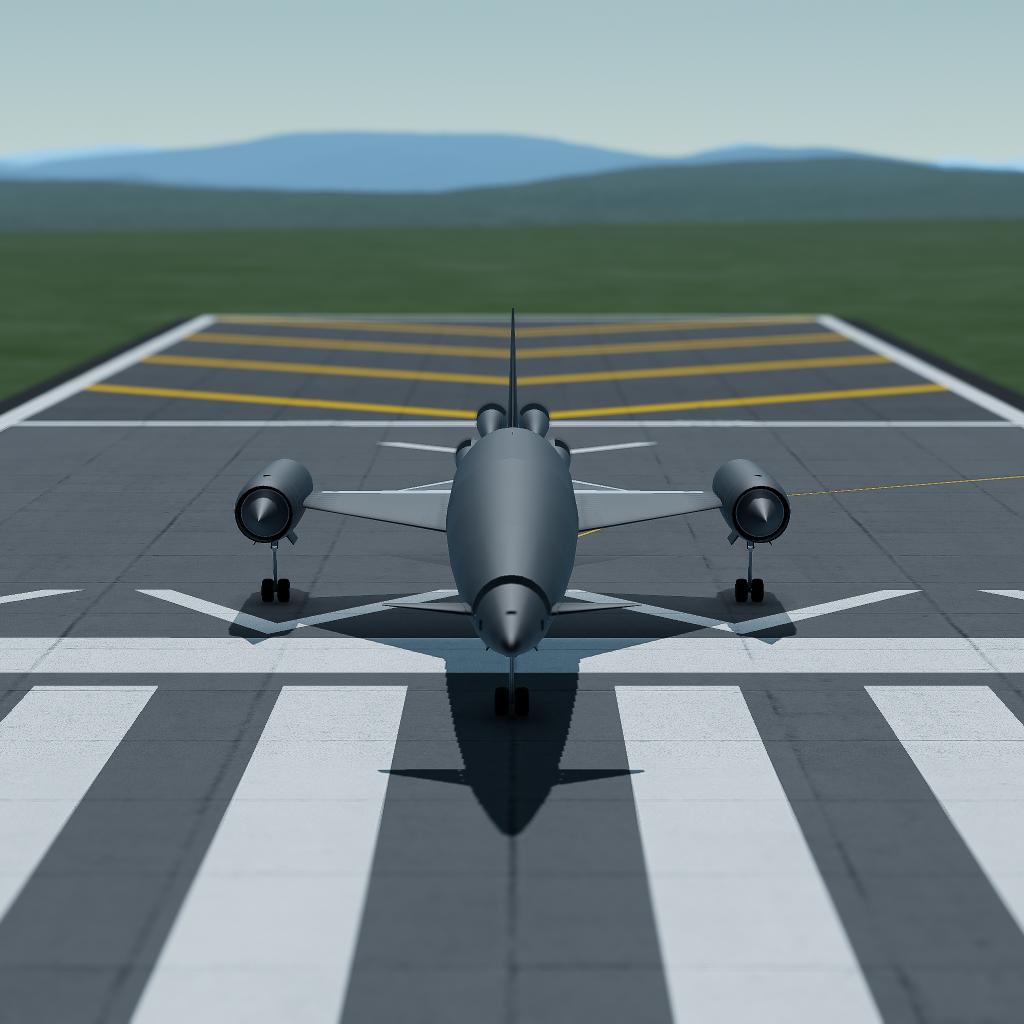
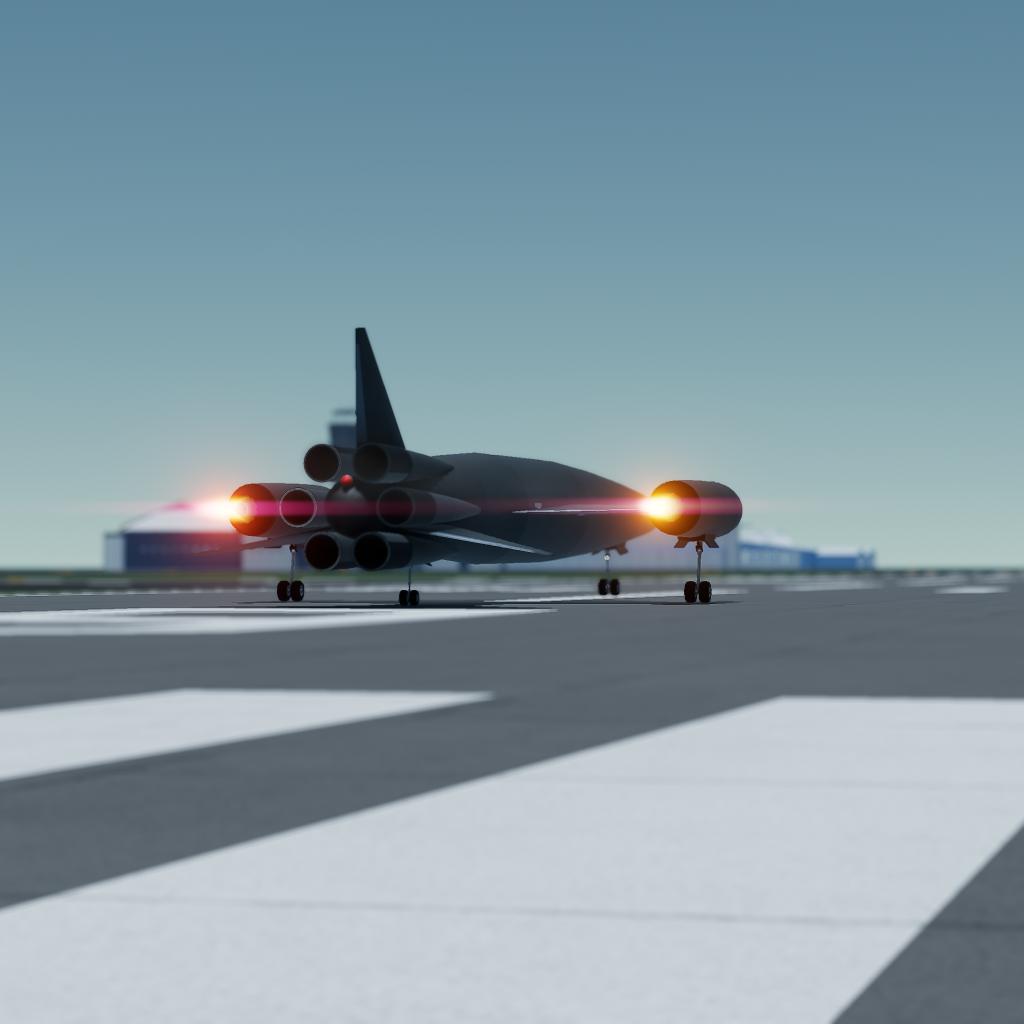

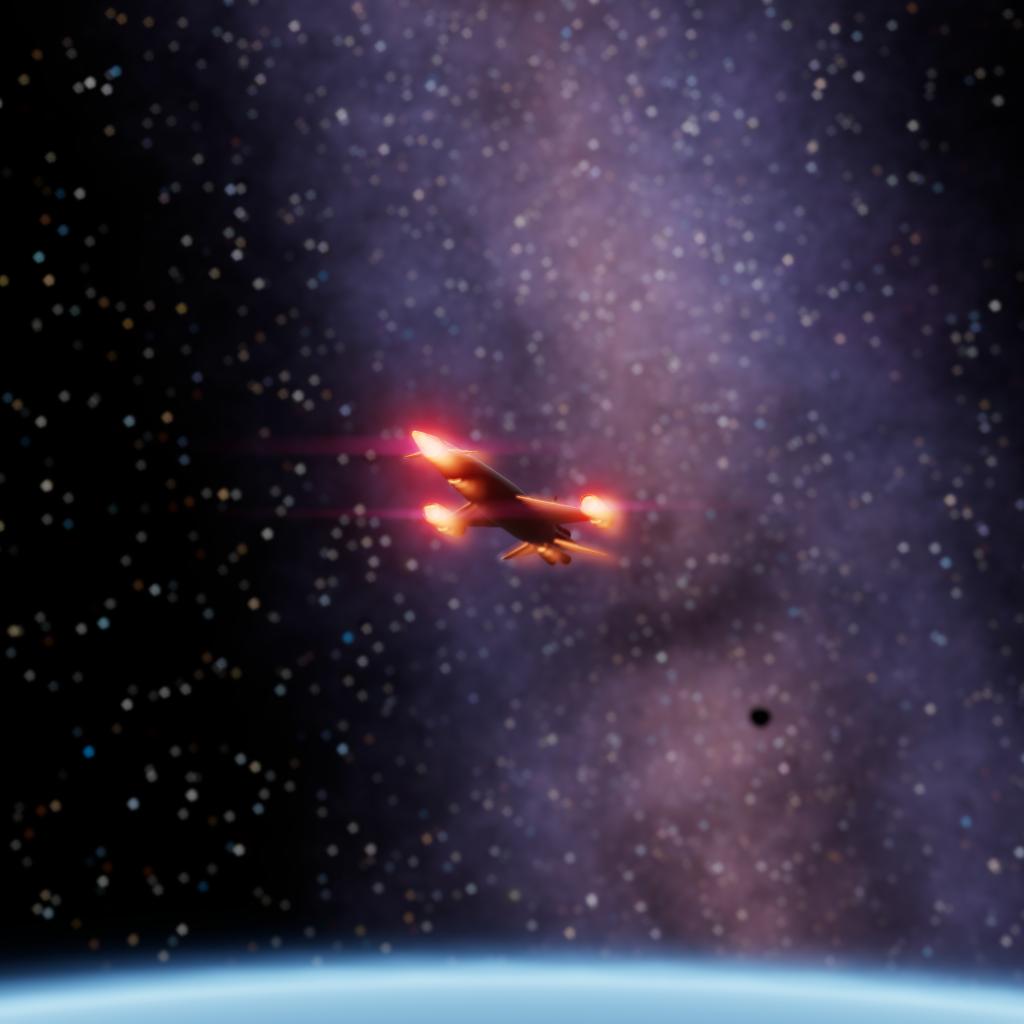
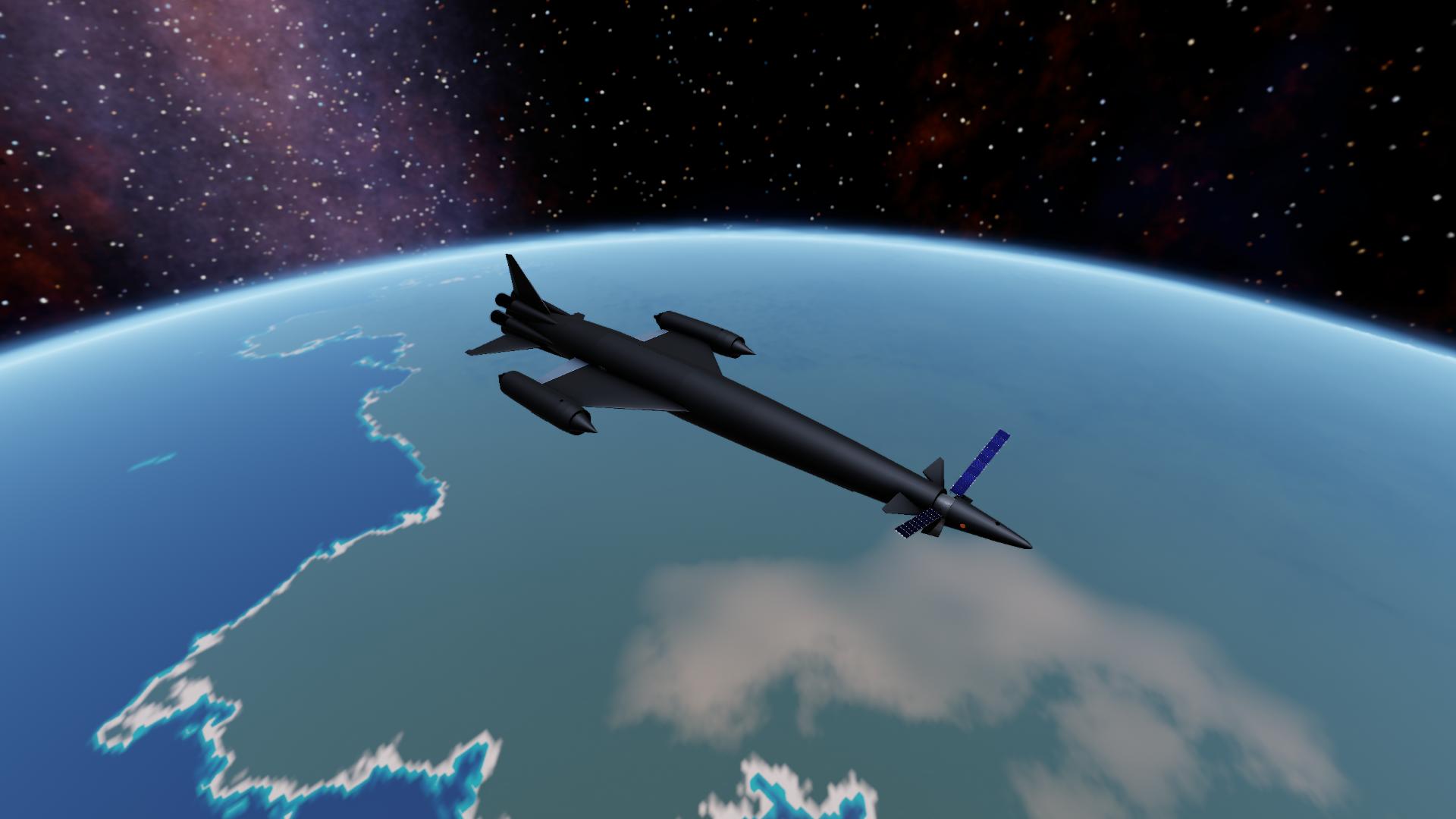
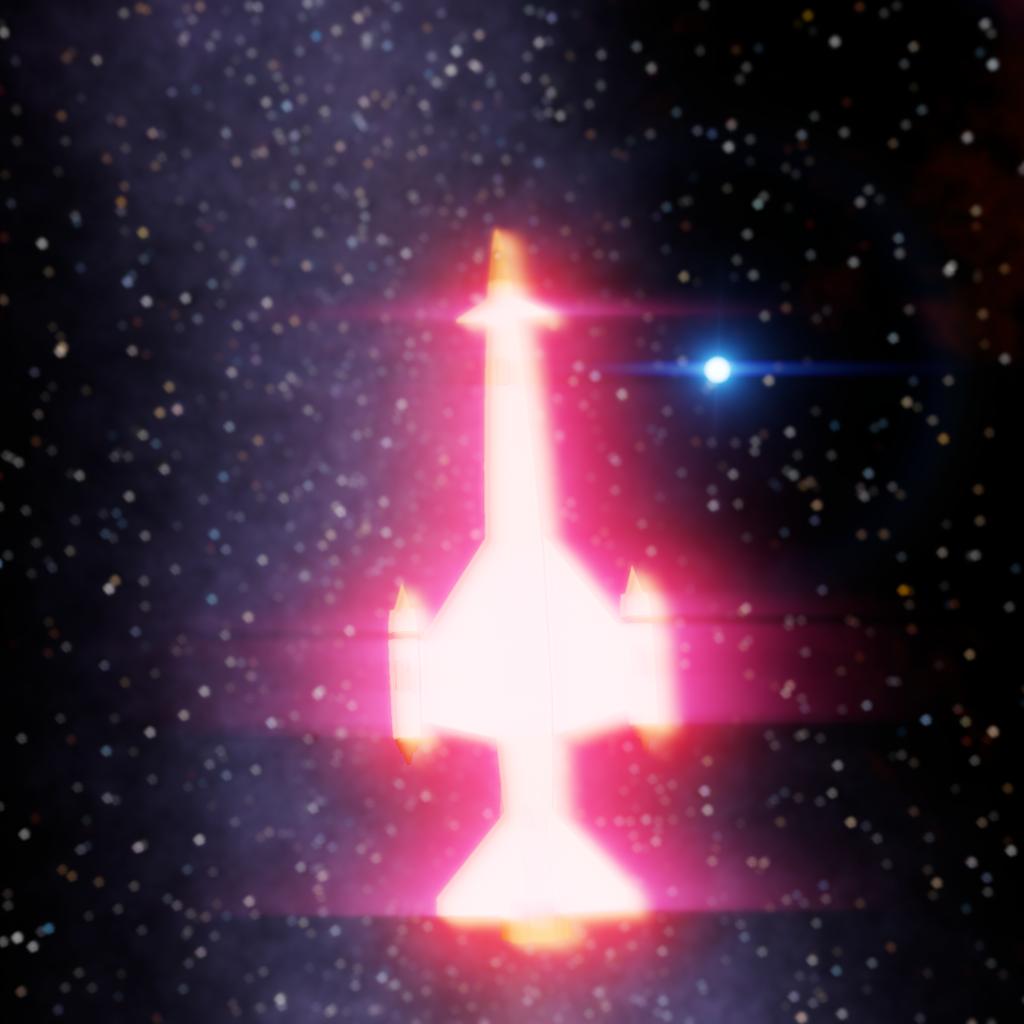
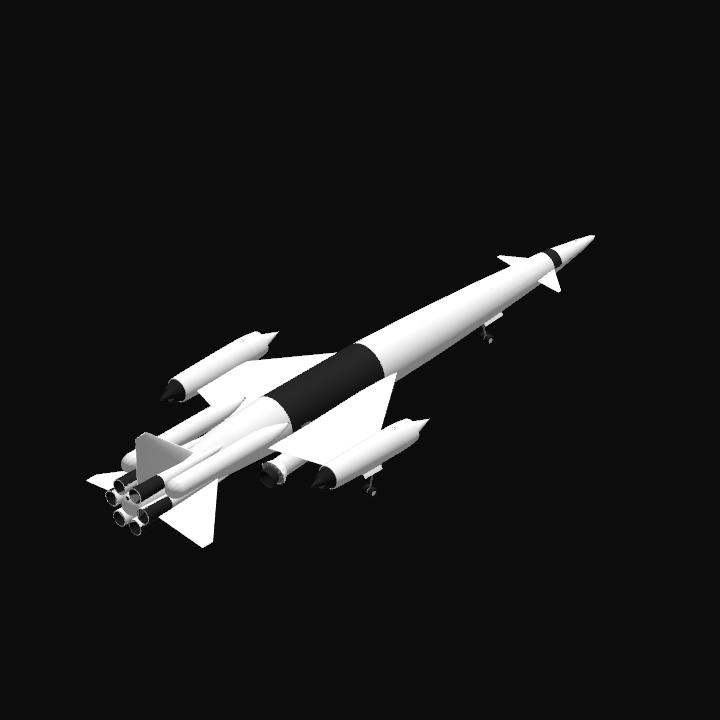
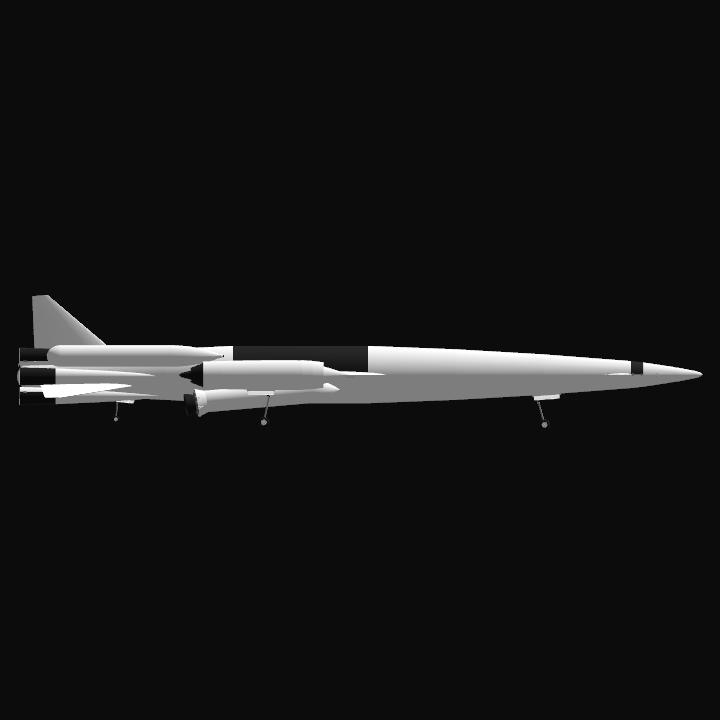

@BartCBem Thanks alot! Im currently working on an updated version that will work even better (40 tonnes to LDO / 1.2-1.6 km/s delta V left in orbit without cargo), but I dunno when I will release that